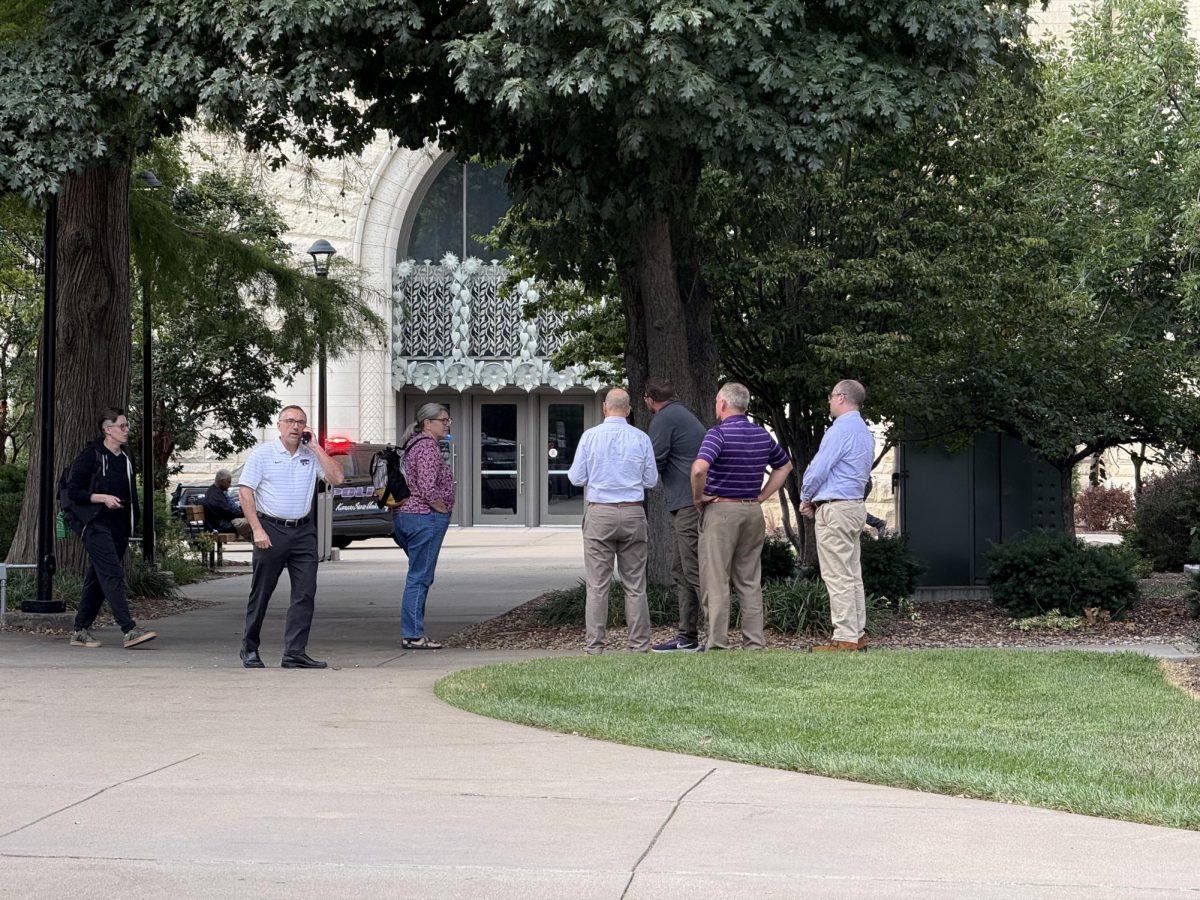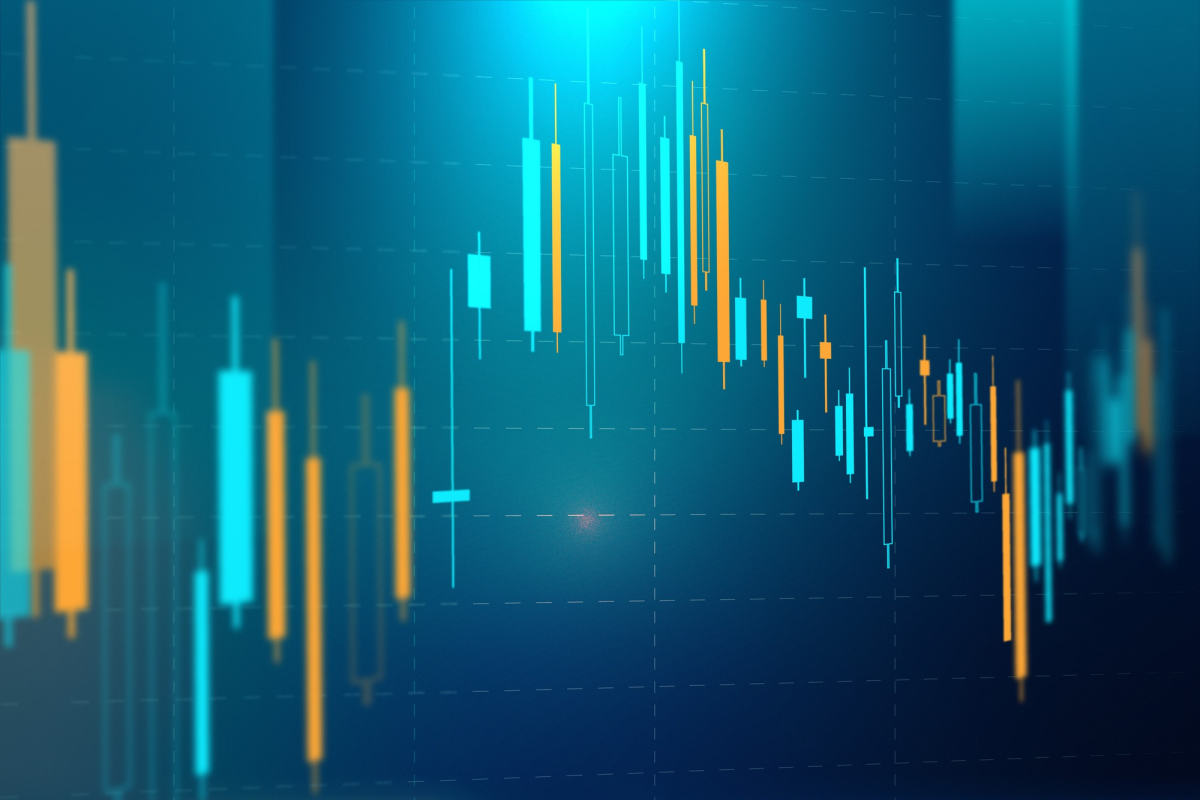Published on midhudsonnews.com
https://www.pexels.com/ro-ro/fotografie/bani-bitcoin-ine-in-maini-auriu-7876505/
Bitcoin is a digital payment system that doesn’t rely on banks to verify transactions. It’s based on a decentralized peer-to-peer network with no central oversight; the peers or nodes (a computer) communicate freely without an intermediary. The blockchain, i.e., the public ledger that records all Bitcoin transactions, can track orders, payments, accounts, and more. Bitcoin was the first cryptocurrency created and remains the best-known today. It can be spent on anything (pizza) in various places, offline and online. Nearly all cryptocurrency buyers are in the age range of 18-40, with Millennials and Gen Z making up the majority.
Attitudes towards Bitcoin have been “in extremes” in the past years. While some have a very positive outlook due to the opportunities that blockchain technology brings, others criticize it as worthless, risky, and just not worth their time. Students’ opinions, perceptions, and attitudes towards cryptocurrency are predominantly positive, with many buying and selling cryptocurrency to help cushion their finances. Cryptocurrency exchanges offer convenience, simplicity, and efficiency for anyone who wants to buy Bitcoin with bank transfer. It’s necessary to compare and evaluate different options and select the best fit for your needs and expectations.
Approximately every four years or so, the number of Bitcoin tokens released per block is cut in half. Not only does this scarcity limit the supply, but it also pushes Bitcoin’s price up.
The Bitcoin Halving Will Take Place When the Number of Blocks Reaches 840,000
Satoshi Nakamoto, the presumed person who developed Bitcoin, programmed the protocol to control the circulating supply by reducing the new number of coins issued every four years. The reward for miners is reduced by 50% for adding a block to the ongoing chain. Since Bitcoin halvings occur every 210,000 blocks, it’s expected the next halving event will occur after having mined the 840,000 block. It’s important for everyone in the cryptocurrency community due to its effect on price – if there are fewer Bitcoins available, the price rises, supposing demand remains constant or increases. As a rule, Bitcoin tends to appreciate in value a year following the halving.
Bitcoin uses a consensus mechanism called Proof of Work as a method for miners to verify legitimate transactions and create Bitcoins as a reward for their work. The next Bitcoin halving is set to take place in April this year when the mining reward will be 3.125 BTC. Miners will be forced to work harder to prove their work to earn the same amount as before. The open distributed system is secured by requiring participants to present proof of work; they solve onerous mathematical problems for the right to process the next batch of transactions. The system automatically adjusts the difficulty of block generation, so one block is added every 10 minutes to the blockchain.
Bitcoin’s Inflation Rate Is Reduced Due to The Halving Event
Gold is hard to find and available in very low concentrations, which explains why it’s considered so valuable. Bitcoin is similar to gold in that it has a limited supply. As a matter of fact, Bitcoin has earned the reputation of “digital gold” and is considered the best substitute for gold as a store of value. The aim of the halving event is to maintain the cryptocurrency’s scarcity and value while controlling the inflation rate. Given that Bitcoin has a projected supply of 21 million coins, and the number of new Bitcoins being generated by the network is halved every four years, it’s safe to say the current inflation rate is roughly 1.8%.
Bitcoin has increased in value faster than the U.S. dollar, going from $0.1 to more than $40,000 in 2024. It’s designed to withstand inflation because its supply is limited, so the creation of new Bitcoin is predictable. Bitcoin experiences inflation as more of it is mined, but because the protocol automatically lowers the available amount of new supply, its inflation rate decreases. Not all cryptocurrencies are designed like Bitcoin. Stablecoins, for instance, are pegged to another asset class or have their supply regulated by an algorithm, offering value in an economy that’s no stranger to inflation.
The Halving Could Trigger an Increase in Bitcoin’s Value
Bitcoin’s protocol is scheduled to have 32 halving events. The first halving event occurred in November 2012, the following was in July 2016, and the most recent in May 2020. A future halving is projected to materialize in April 2024. The belief is that as the number of new Bitcoin issued declines, the demand for them will increase, and prices will rise consequently. Looking at historical data, there’s good reason to assume the halving will result in a price surge and potentially a bull run. Nevertheless, it’s important to remember that a Bitcoin halving doubles the cost and complexity of mining, reducing profitability.
The amount of Bitcoin awarded to miners is reduced by half, which promotes healthy and sustainable growth, ensuring Bitcoin’s supply remains limited and finite. While some argue that the halving event will lead to a considerable increase in Bitcoin’s value, others claim that the halving is already priced into the market and won’t impact price action. The fact of the matter is that past performance isn’t necessarily an indicator of future value, and it’s imperative to take into account the market conditions before investing. Before you buy Bitcoin, analyze and understand its past performance, but don’t get too analytical because correctly assessing its value requires art and science.
Conclusion
All in all, mining plays an important role in Bitcoin’s Proof of Work consensus algorithm as it aids in validating transactions and securing the network. The halving policy, written into Bitcoin’s mining algorithm, reduces inflationary pressure on the cryptocurrency and reduces by 50% the rewards for mining a block. On the assumption that demand increases faster than supply, the price will go up, so investing in Bitcoin before the halving event is a profitable strategy. Because of the law of supply and demand, halving events are bullish for Bitcoin after initial volatility eases. If you go and ask any Bitcoin enthusiast what they’re most excited about this year, they’ll most likely say the next halving event.



























































































































